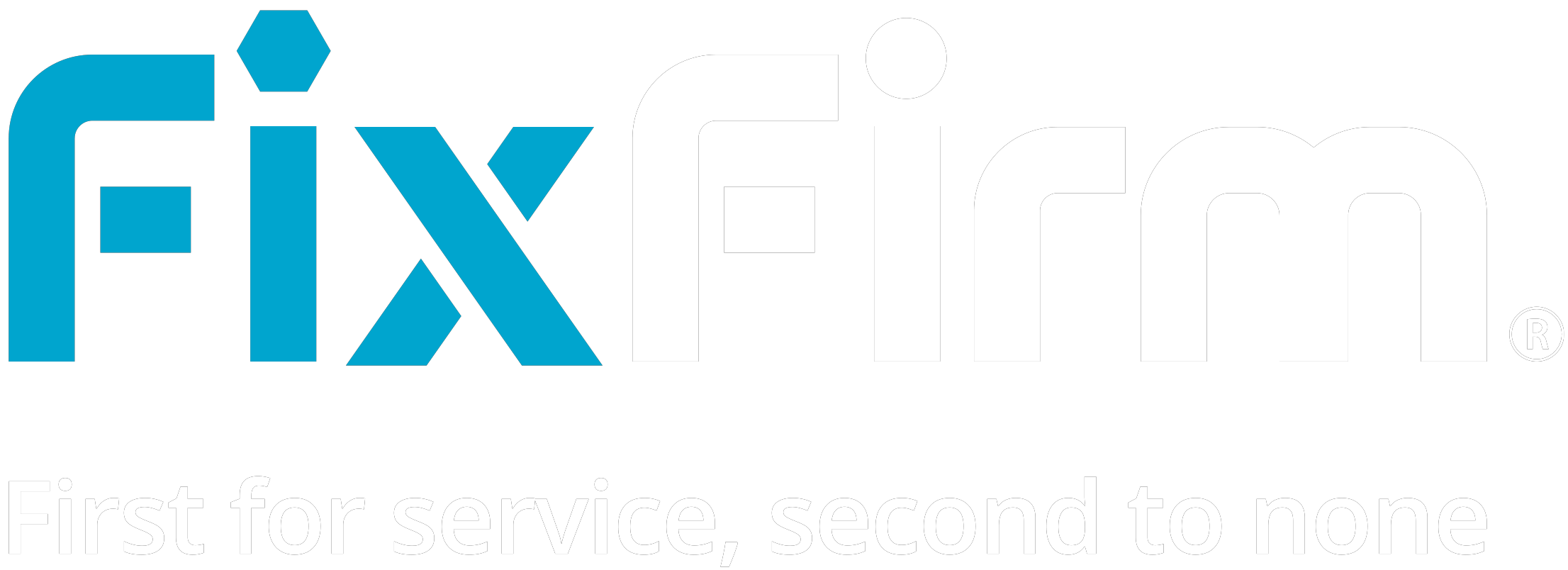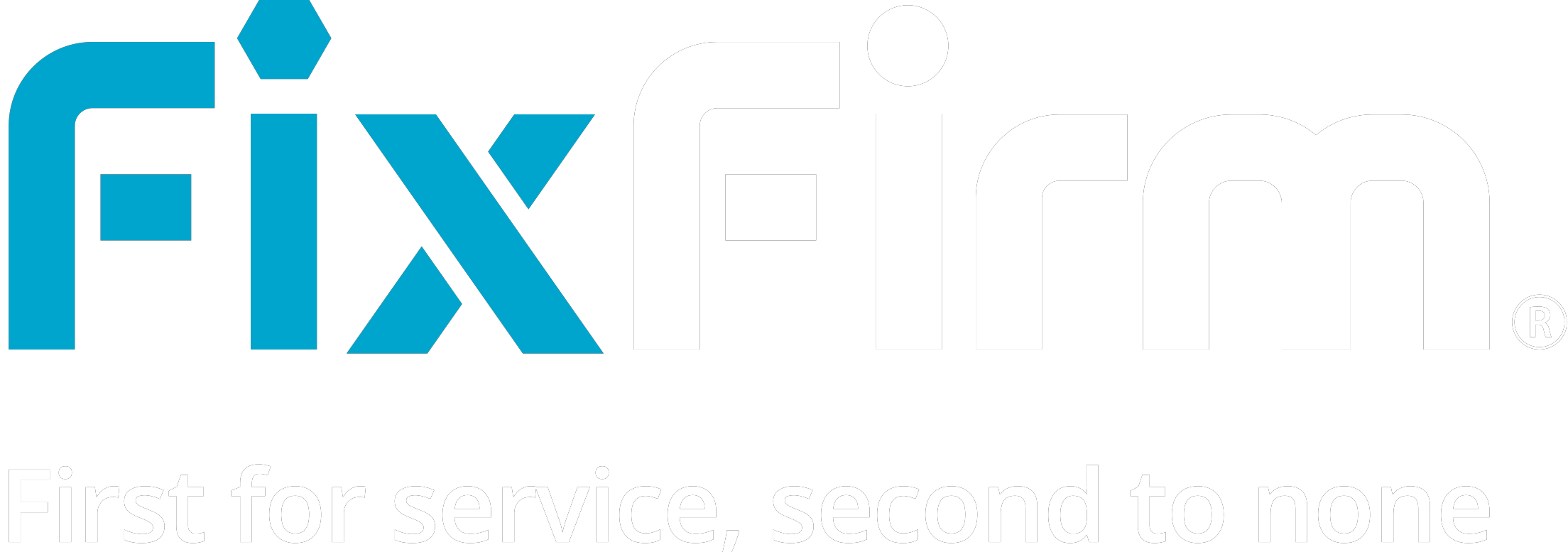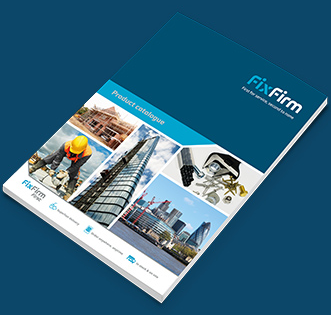The construction industry is responsible for a significant amount of the world’s carbon emissions and with the energy price caps increasing in the UK, construction companies need to reduce energy consumption for environmental and economic reasons.
Construction projects require continuous energy sources for generators, machinery, power tools, lighting and many other items used on-site that require an energy supply. Putting measures in place to reduce on-site energy consumption should be a top priority for construction firm owners and site managers.
These are some of the energy-saving solutions that can reduce costs:
Smart energy monitoring
Better monitoring of energy consumption through smart meters is now becoming more common in the construction industry. Remote metering helps site managers to identify areas of high energy consumption and reduce energy waste. Data is available at a project level, not just daily or weekly usage.
Use energy-efficient equipment
When buying tools and equipment, choosing more energy-efficient models can reduce the energy consumption to deliver the same task. Older machinery tends to be less energy efficient, so replacing it with newer equipment, especially for high-energy consumption tools can reduce energy use. Using motion sensor lights will also drive down unnecessary energy waste, as will switching to LED lighting.
Employee training/communications
Energy is often wasted by carelessness, such as leaving lights on when they are not needed or leaving electrical items connected to the power source when not in use. People don’t tend to worry about energy consumption as much when they are not paying the bills, so they need to be prompted.
By providing training and communications to site workers about working in more energy-efficient ways, you can help to change behaviours and save energy. Appointing someone to check that all fans, lighting, and other electrical items are switched off when closing the site can reduce wastage.
Control heating consumption
Heating in temporary offices is important to keep staff warm but many businesses lose a lot of heat by not insulating the office well enough. Insulating the walls and ceilings helps to prevent heat from escaping and smart heating controls will also help to monitor usage more effectively.
Conduct energy audits
Regular energy audits can help to identify any ways that you can reduce energy consumption, such as replacing old equipment with more energy-efficient models. You can also discover problems such as lighting and heating being left on when not in use.
Having data to monitor usage more closely will be an important element of the audit but you should also conduct a site walk-through and record all the items using energy and risks such as heat loss areas. Installing signs to remind people to switch equipment off may also be useful, and the audit should reveal where these should be used.
Use the available tax relief
Your business may be eligible for tax relief if it meets certain criteria, so you should speak to an accountant to determine whether your business qualifies. For example, purchasing energy-efficient technology can make your business eligible, so it is worth exploring any tax reliefs you could be able to claim so that you can reduce your costs. Read the government guidance to see if you could be eligible for tax relief.
We can advise you on the most energy-efficient tools and equipment to use on your projects, so get in touch and we’ll be happy to help.
BACK TO ARTICLES

